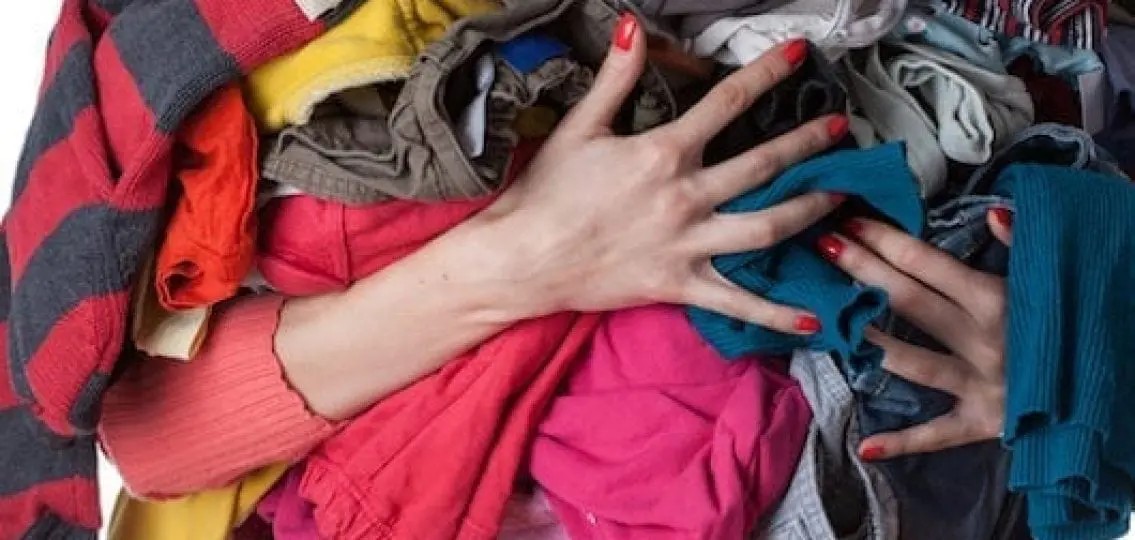Dealing with a clogged toilet is a common household issue, and knowing how to handle it is a crucial life skill, especially for teenagers and young adults venturing into independence. It might not be the most glamorous topic, but mastering the art of unclogging a toilet can save you from messy situations and embarrassing calls for help. This guide will walk you through the essential steps to tackle a clogged toilet effectively and prevent future plumbing predicaments.
Step 1: Prevention is Key to Avoiding Clogs
Before you find yourself facing an overflowing toilet, understanding what causes clogs is the first line of defense. Toilets are designed to handle human waste and toilet paper – and that’s about it. Flushing anything else down the drain is a gamble that can lead to blockages. Educate yourself and your household members on items that should never be flushed:
- Paper towels and tissues: These are not designed to break down like toilet paper and can quickly clump together, causing obstructions.
- “Flushable” wipes: Despite the misleading label, many wipes marketed as flushable don’t disintegrate properly and are a major contributor to sewer clogs.
- Dental floss: This seemingly harmless strand can wrap around other debris and create a net that traps more waste, leading to significant blockages.
- Excessive toilet paper: While toilet paper is designed for toilets, using too much at once, especially thicker varieties, can overwhelm the system.
- Feminine hygiene products (tampons, pads): Older plumbing systems and septic tanks, in particular, struggle to process these items. Even in modern systems, they are best disposed of in the trash.
- Cotton balls and swabs: Like paper towels, these don’t break down and can cause clogs.
- Hair: Hair can accumulate and bind with grease and other substances, forming stubborn clogs over time.
- Grease and oil: While you might not pour grease directly into the toilet, be mindful of any greasy substances that could inadvertently end up there.
- Children’s toys: It’s more common than you think! Small toys can easily get flushed and cause immediate blockages.
By being mindful of what goes into your toilet, you can significantly reduce the chances of dealing with clogs in the first place.
Step 2: Preparation – Having the Right Tools on Hand
When a toilet emergency strikes, time is of the essence. Being prepared with the right tools can make the unclogging process quicker and less stressful. The most essential tool in your clog-fighting arsenal is a flange plunger, also known as a toilet plunger.
- The Flange Plunger: This type of plunger is specifically designed for toilets. It has a soft rubber flap (the flange) that folds out from the bottom of the cup. This flange creates a better seal in the toilet bowl, making it more effective at dislodging clogs compared to a standard cup plunger (sink plunger), which is flatter. Ensure you have a flange plunger readily available in each bathroom.
- Location, Location, Location: A plunger is only useful if you can find it when you need it. Keep plungers in an easily accessible spot in or near each bathroom. While it doesn’t need to be on display, make sure everyone in the household knows where it is.
- Housewarming Gift Idea: For young adults moving into their own apartments or homes, a plunger makes a practical and thoughtful housewarming gift. It’s often an item overlooked until it’s desperately needed.
- Gloves: Consider keeping a pair of disposable rubber gloves near the plunger for a more hygienic unclogging experience.
- Bucket: A bucket can be useful to have nearby to catch any splashes or spills, and to dispose of excess water if needed.
Having these tools prepared means you’ll be ready to tackle a clog swiftly and efficiently when it happens.
Step 3: Damage Control – Stop the Overflow
Discovering a clogged toilet can be alarming, especially when the water level starts rising. The immediate reaction for many might be to flush again, but this is the absolute worst thing you can do. Flushing a clogged toilet will only add more water to the bowl, increasing the risk of an overflow and creating a much bigger (and messier) problem.
- Don’t Flush Again! Resist the urge to flush repeatedly. One flush is enough to identify a clog. Further flushing will likely lead to an overflowing toilet and potential water damage.
- Turn Off the Water Supply: If you see the water level in the toilet bowl rising rapidly and approaching the rim, your priority is to stop the water flow. Locate the toilet shut-off valve. This is usually a small, oval-shaped handle located on the wall behind the toilet, near the floor, connected to the water supply line.
- Turn Clockwise: Turn the shut-off valve handle clockwise until it stops. This will cut off the water supply to the toilet and prevent further filling and overflowing.
- Remove the Tank Lid (Carefully): If the shut-off valve is difficult to reach or doesn’t seem to be working, carefully remove the toilet tank lid and set it aside on a safe surface where it won’t break. Inside the tank, you’ll see a flapper. Manually push the flapper down to stop water from flowing from the tank to the bowl.
Acting quickly to stop the water flow is crucial to prevent a minor clog from turning into a major bathroom flood.
Step 4: The Art of Plunging – Mastering the Technique
Now that you’ve prevented an overflow, it’s time to get down to the business of unclogging the toilet. Plunging is often the most effective and straightforward method to clear a toilet clog. Here’s a step-by-step guide to plunging like a pro:
- Ensure Sufficient Water: There needs to be enough water in the toilet bowl to cover the cup of the plunger. If there isn’t, carefully pour water from a bucket into the bowl until the plunger cup will be submerged. Be cautious not to add too much water if the bowl is already very full, as you risk overflow.
- Position the Plunger Correctly: Submerge the rubber cup of the flange plunger completely in the water, ensuring the flange at the bottom is extended. Center the plunger cup over the drain opening at the bottom of the toilet bowl. Create a tight seal around the drain opening with the plunger cup.
- Gentle First Plunge: Begin with a gentle push down on the plunger. The first plunge should be gentle to avoid splashing toilet water everywhere. This initial gentle push helps to create a seal.
- Vigorous Plunging Action: Once you have a seal, plunge vigorously up and down, maintaining the seal throughout. Focus on the up-and-down motion rather than lifting the plunger completely out of the water each time. Think of it as trying to create pressure to force the clog to dislodge.
- Maintain the Seal: It’s crucial to maintain a good seal around the drain opening while plunging. If you lose the seal, reposition the plunger and continue.
- Repeat as Needed: Continue plunging for about 15-20 seconds at a time. You may need to repeat this process several times. Be patient; it might take a few minutes of plunging to dislodge the clog.
- Listen and Observe: As you plunge, listen for any changes. You might hear gurgling sounds, which can indicate that the clog is starting to break up. Observe if the water level in the bowl begins to decrease.
- Test Flush: After plunging for a few minutes, carefully remove the plunger and allow the water level to settle. If the water level starts to drain normally, try a test flush to see if the clog is completely cleared. If the water flushes away without issue, congratulations! You’ve successfully unclogged your toilet. If it still seems slow or clogged, you may need to repeat the plunging process or consider other methods.
- Clean Up: Once the toilet is unclogged, you might need to clean around the toilet bowl if any water splashed out during the plunging process.
 arms carrying dirty laundry
arms carrying dirty laundry
Unclogging a toilet: an essential life skill for teens and independent living.
Step 5: When to Call for Backup – Knowing Your Limits
While plunging is often effective, there are times when a toilet clog is too stubborn for DIY methods. Knowing when to call for help can prevent further frustration and potential damage.
- Persistent Clogs: If you’ve plunged for a significant amount of time and the toilet remains clogged, it’s likely a more serious blockage that requires professional attention.
- Recurring Clogs: If your toilet clogs frequently, even with careful flushing habits, there might be an underlying plumbing issue, such as a problem with the drain line or sewer line. A plumber can diagnose and fix these recurring problems.
- Sewage Backup: If you suspect a sewer line backup (multiple drains in your house are slow or backing up, foul odor), this is a serious issue that requires immediate professional help. Do not attempt to handle a sewer backup yourself.
- Unfamiliar Plumbing: If you are uncomfortable dealing with plumbing or are unsure about any step in the unclogging process, it’s always best to err on the side of caution and call a plumber.
- Contact Information: Have the contact information for a reliable local plumber readily available. For teenagers or young adults living away from home, parents can proactively share plumber recommendations. In rental situations, the landlord or property manager should be contacted first.
Knowing when to call in a professional plumber can save you time, stress, and potentially prevent more significant plumbing problems down the line.
Mastering the skill of unclogging a toilet is a valuable step towards household independence. By following these steps, you can confidently tackle this common issue and keep your bathroom functioning smoothly.
